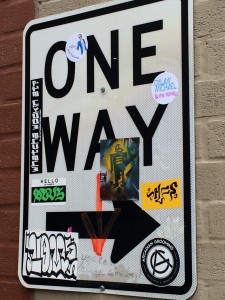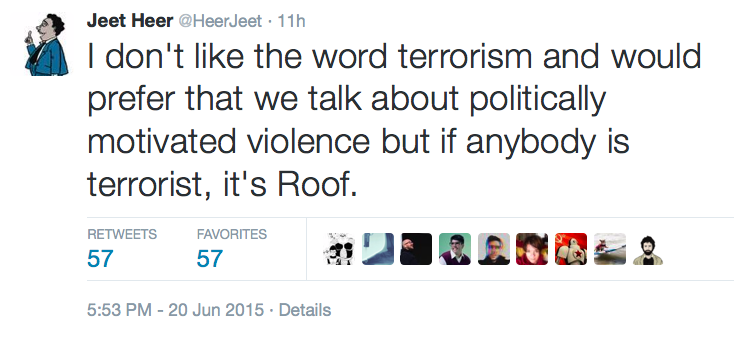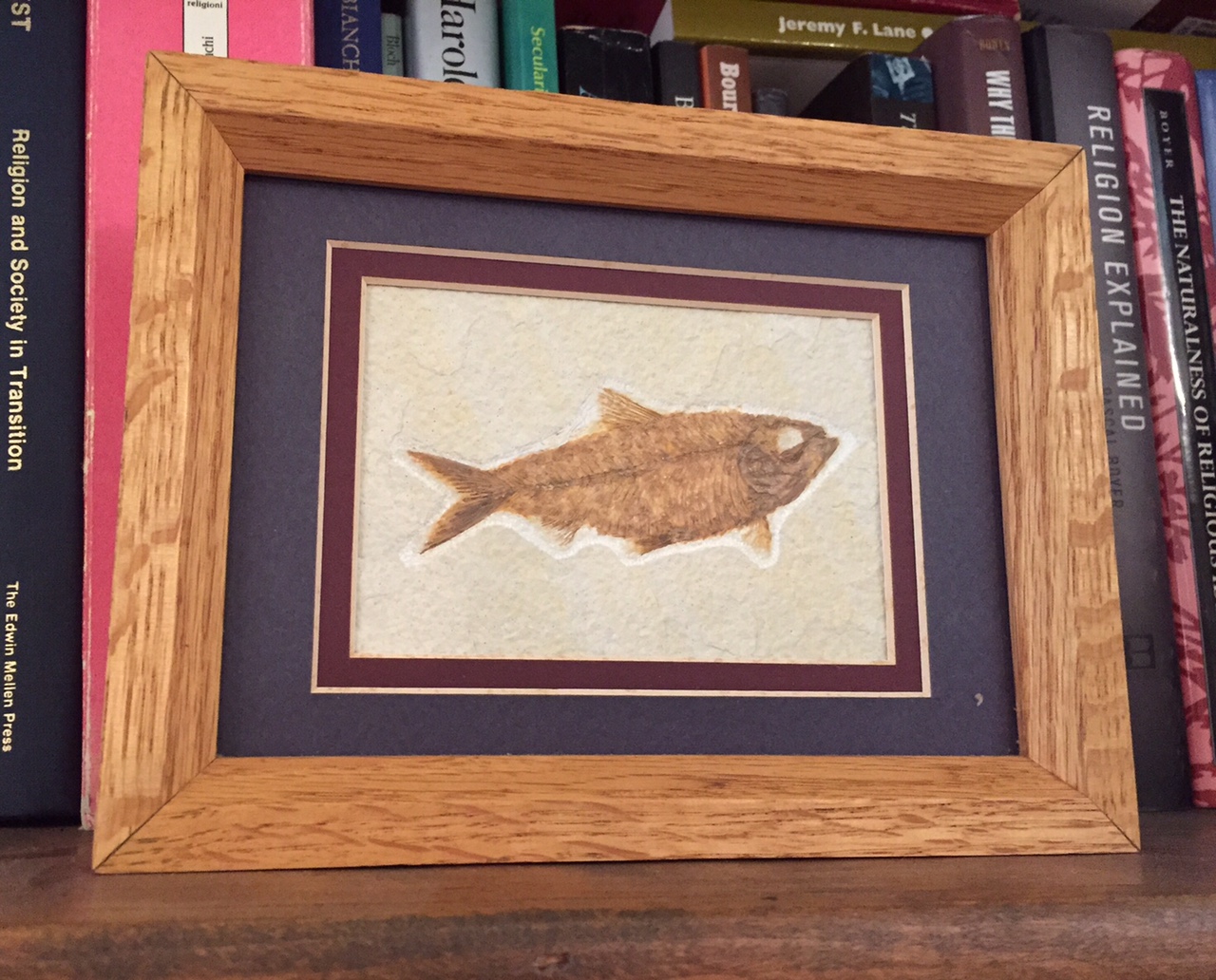
Prompted by the discussion surrounding Rachel Dolezal’s NAACP resignation, this series of posts is about how and when we take performativity seriously…, and when it bows to interests in historical or experiential specificity.
My brother, Elliot, who died in 1996, was mentally disabled. That’s him above, with my two sisters. And that’s me on the far right; he was 12 years older than me and, as a baby, had taken a particularly bad fall from his highchair; presumably, that’s what caused what, just a couple years later, became painfully apparent to my parents: he had no speech development and began suffering from repeated grand mal seizures. I won’t belabor the tragedy of his life and death, but suffice it to say that in the 1950s there was little choice but to institutionalize him, when he was a young boy, in a government-run institution. So his profound cognitive problems were quickly compounded by a number of physical problems — who knows what all abuse he was subjected to over the course of his life, but from the “cauliflower ears” and missing teeth that soon resulted, well…, it was apparent that life in the institution was horrendous. Continue reading “They’re Just Old Buildings, Right?”


 The ease with which identity is presumed to be an inner trait projected outward is pretty easy to document, which makes critiquing it something less than a challenge. For example, I thought about writing a post on the new film “Inside Out” and the popular folk understanding of identity as being an internal quality only subsequently expressed outwardly, such that the social interaction is the effect of a prior and private sentiments.
The ease with which identity is presumed to be an inner trait projected outward is pretty easy to document, which makes critiquing it something less than a challenge. For example, I thought about writing a post on the new film “Inside Out” and the popular folk understanding of identity as being an internal quality only subsequently expressed outwardly, such that the social interaction is the effect of a prior and private sentiments. I am not a fan of the Confederate Flag. While I have spent all but two of the past 28 years in states that joined the Confederacy, I grew up in a Border State with parents from another Border State, making me an outsider to many who see the flag as an important symbol of their Southern heritage. Despite all of this, I found myself bothered by the argument in last week’s
I am not a fan of the Confederate Flag. While I have spent all but two of the past 28 years in states that joined the Confederacy, I grew up in a Border State with parents from another Border State, making me an outsider to many who see the flag as an important symbol of their Southern heritage. Despite all of this, I found myself bothered by the argument in last week’s 



 Recently I’ve been enjoying reruns of 3rd Rock from the Sun on Hulu. For readers unfamiliar, this NBC sitcom ran from 1996 to 2001 and focuses on four aliens that came to earth in the 1990s to do anthropological research on our species. The humor of the show is of course based on cultural misunderstandings as the aliens — residing in Ohio, USA — attempt to “fit in” and understand the locals. As in such shows, of course the audience learns more about being “human” by watching these aliens become humans themselves.”
Recently I’ve been enjoying reruns of 3rd Rock from the Sun on Hulu. For readers unfamiliar, this NBC sitcom ran from 1996 to 2001 and focuses on four aliens that came to earth in the 1990s to do anthropological research on our species. The humor of the show is of course based on cultural misunderstandings as the aliens — residing in Ohio, USA — attempt to “fit in” and understand the locals. As in such shows, of course the audience learns more about being “human” by watching these aliens become humans themselves.”  As a little kid in the early 1960s, I guess I decided that the hooded sweaters I sometimes wore made me look like Dino the dinosaur — you know, from “The Flintstones”? I don’t think we had a specific name for them yet — at least we didn’t call them “hoodies,” as people do now. Instead, opting for brutal descriptivism (which sounds like a 1960s architectural movement), I’m guessing that we just uncreatively called them “hooded sweaters.”
As a little kid in the early 1960s, I guess I decided that the hooded sweaters I sometimes wore made me look like Dino the dinosaur — you know, from “The Flintstones”? I don’t think we had a specific name for them yet — at least we didn’t call them “hoodies,” as people do now. Instead, opting for brutal descriptivism (which sounds like a 1960s architectural movement), I’m guessing that we just uncreatively called them “hooded sweaters.”